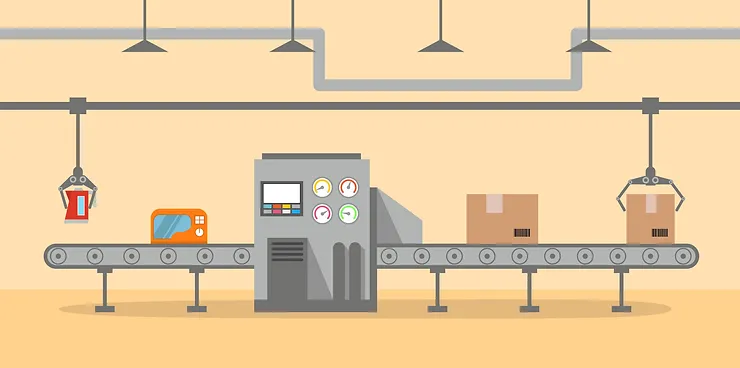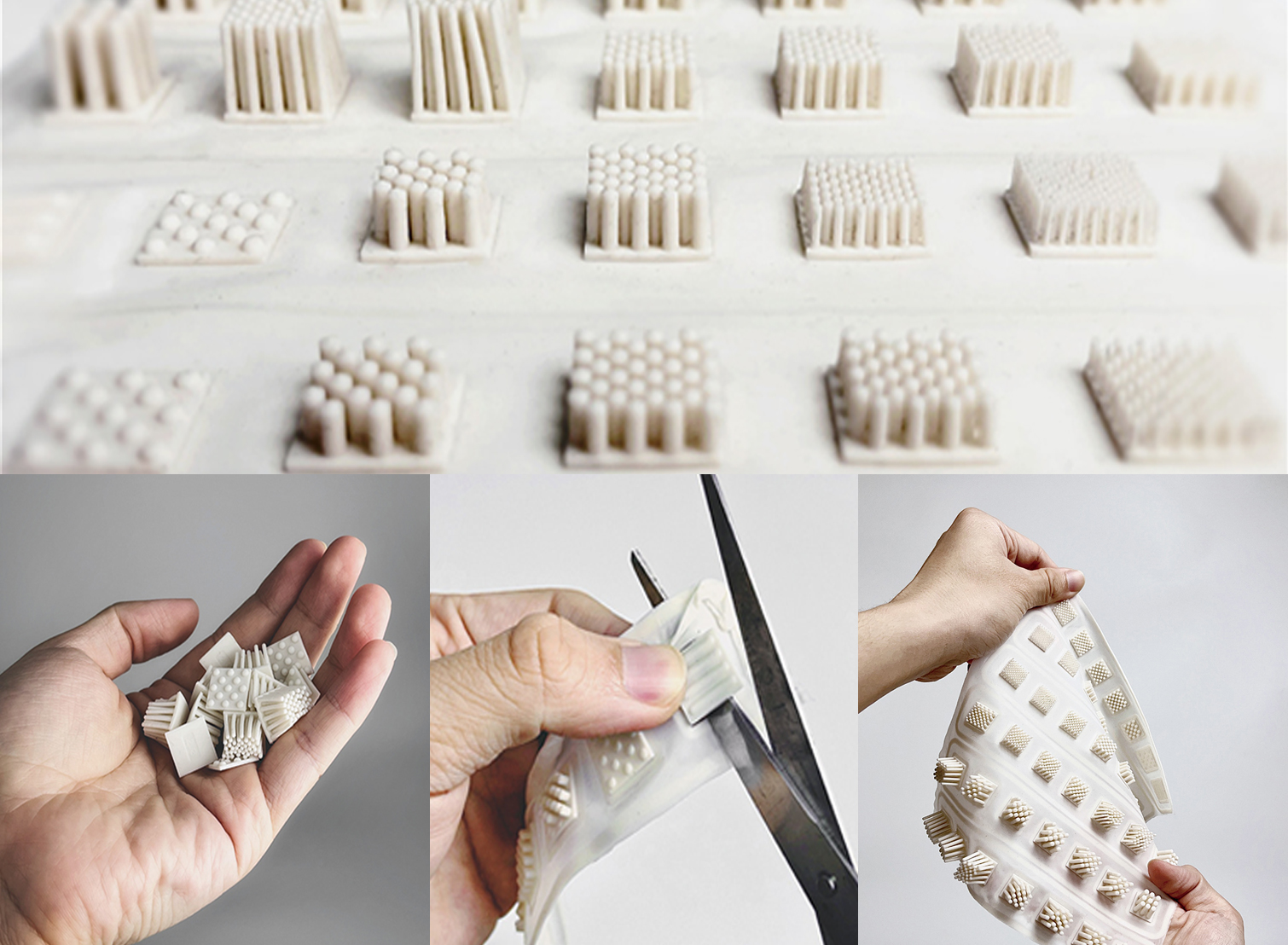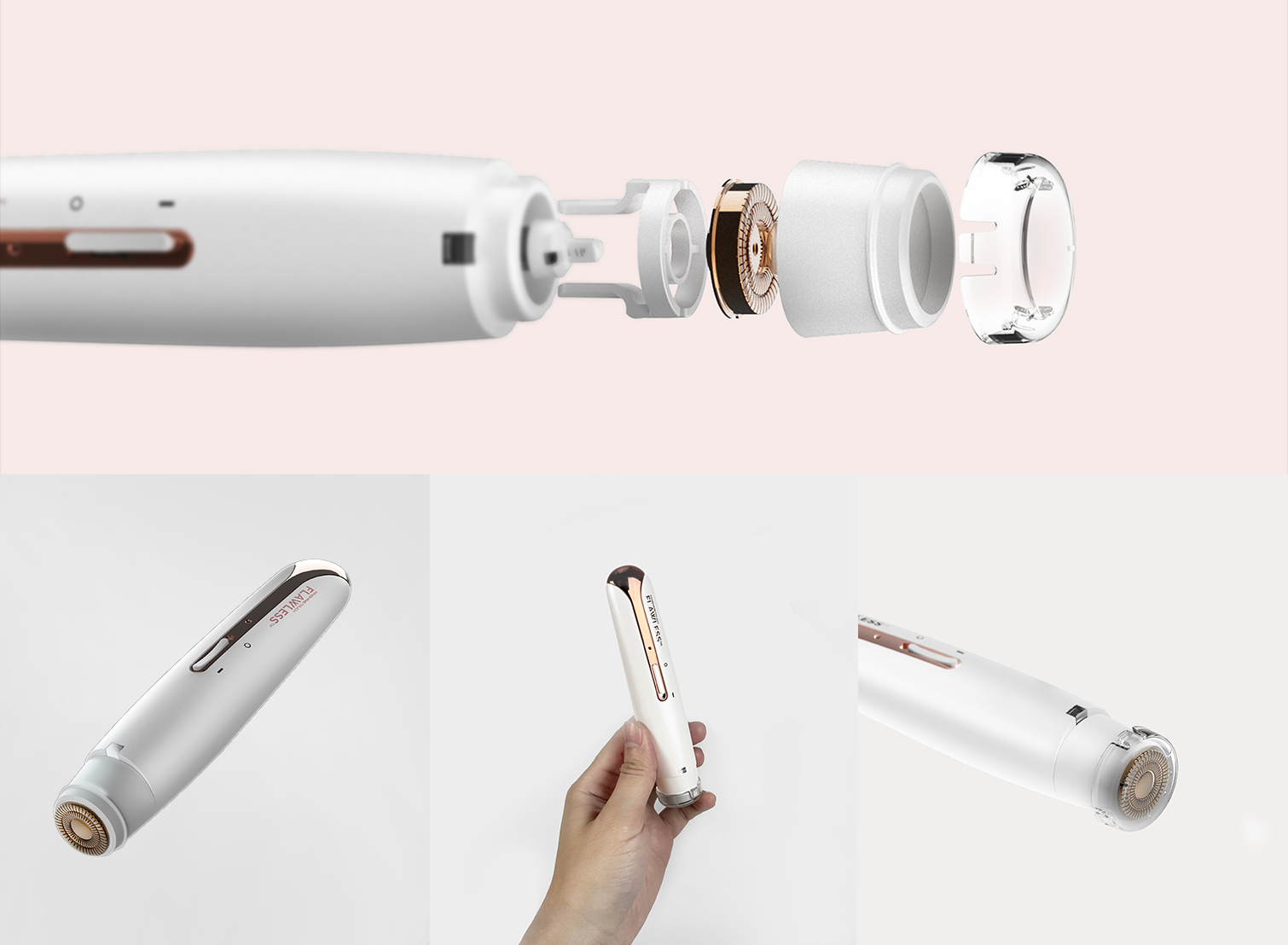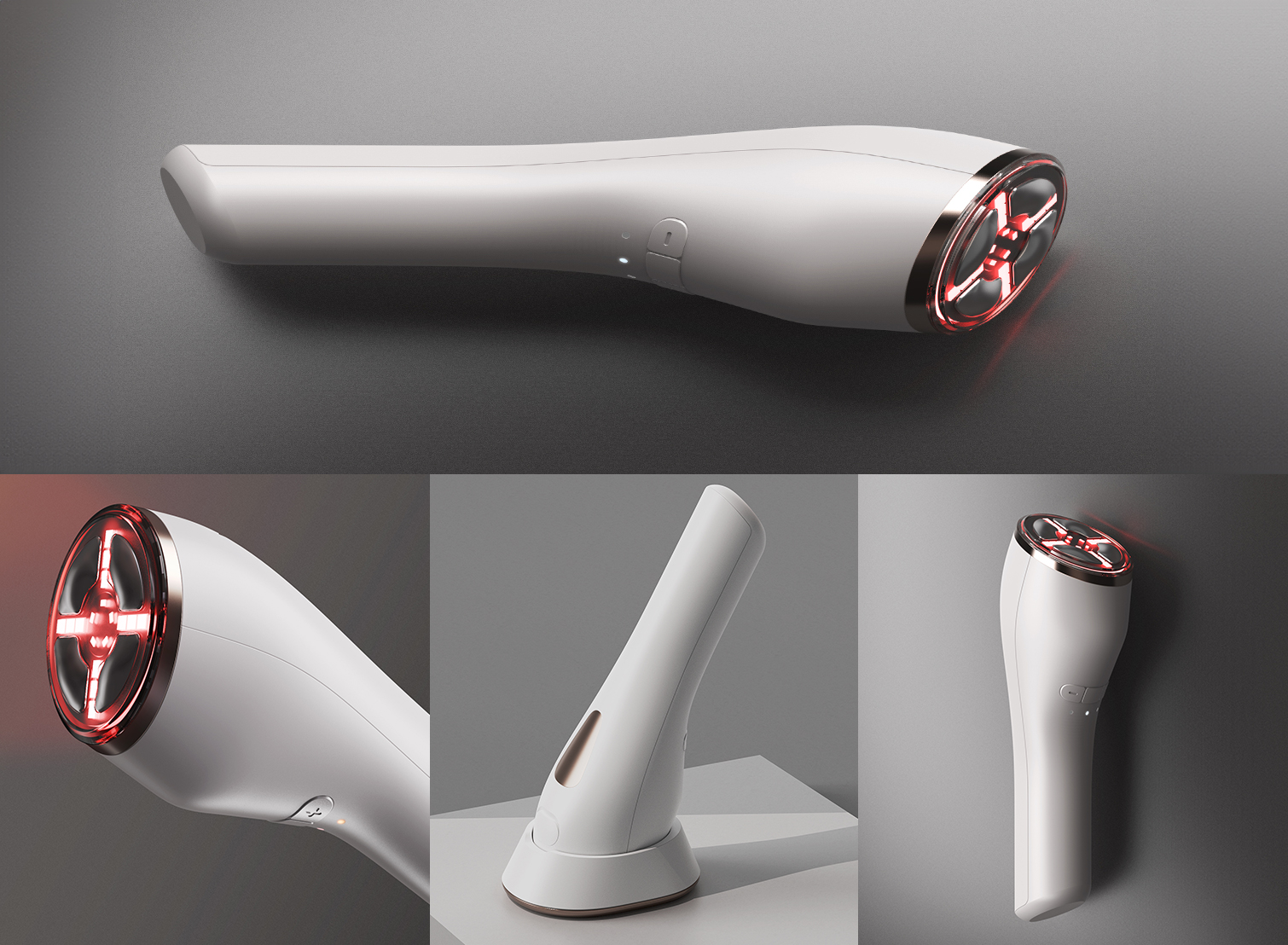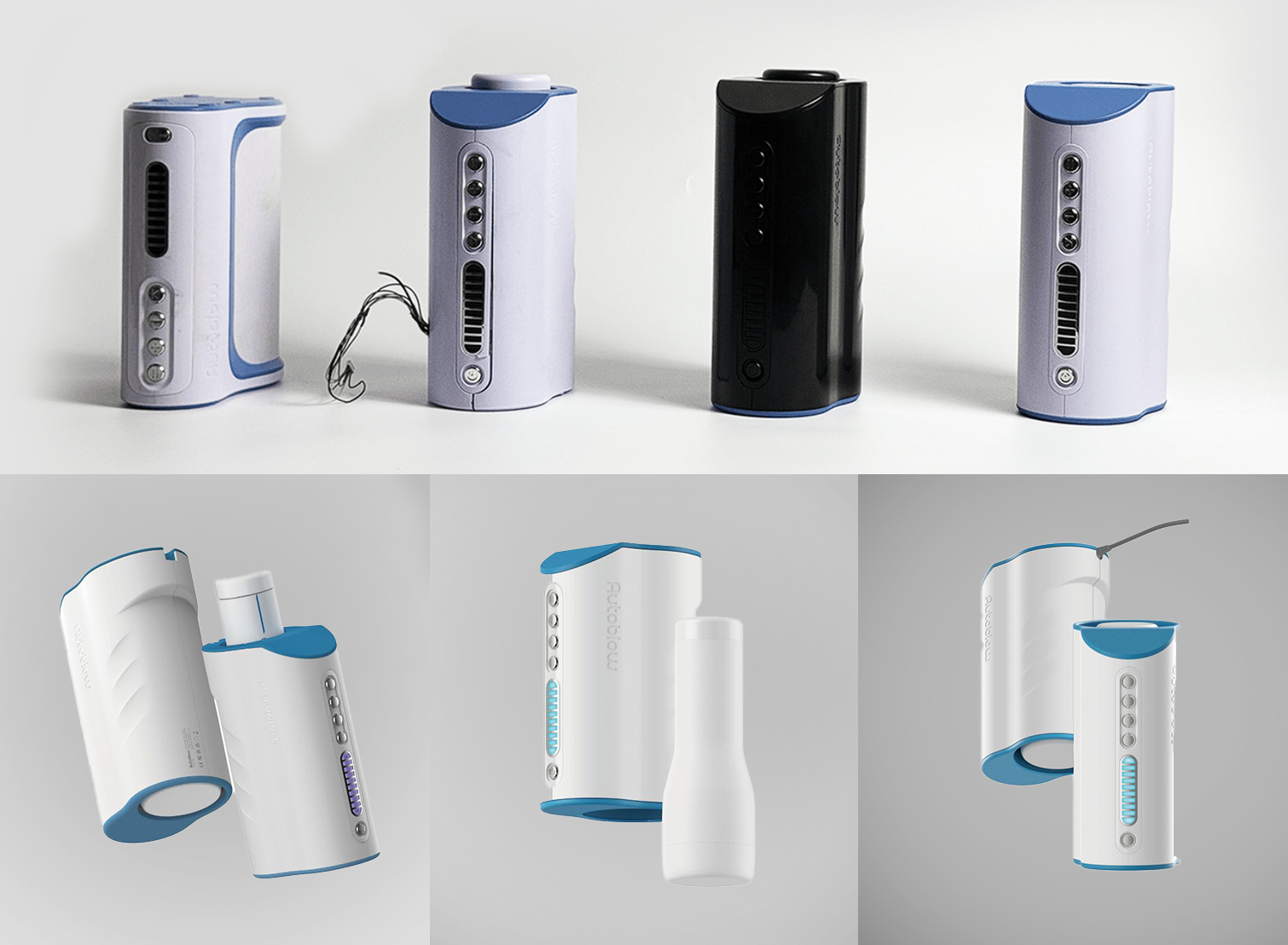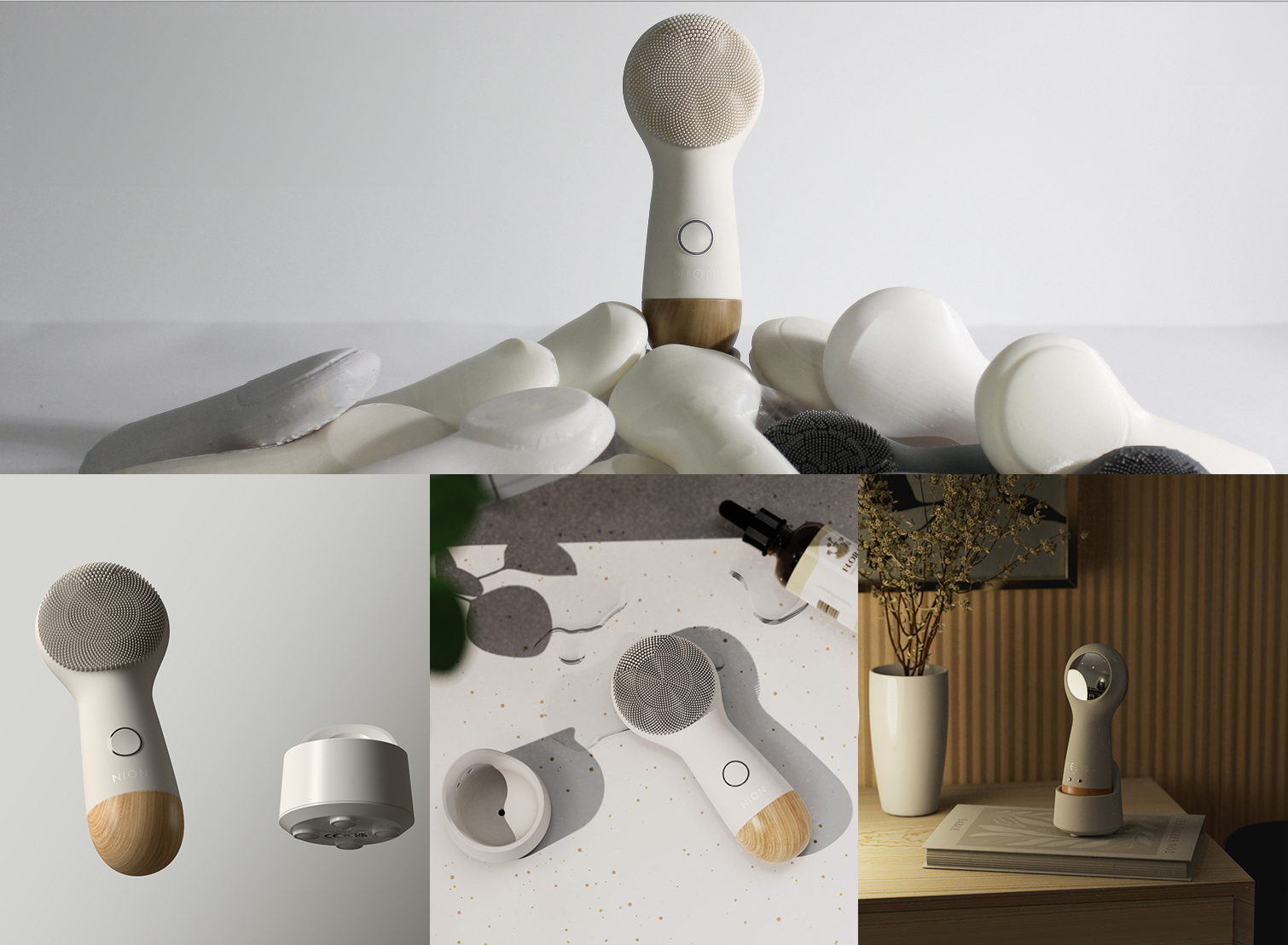OEM, ODM, and OBM are three acronyms that are commonly used in the manufacturing industry to describe different types of production processes and business relationships. While these terms may seem similar at first glance, they actually have distinct differences that are important to understand when considering manufacturing options for a product.
OEM (Original Equipment Manufacturer)
OEM refers to a company that manufactures products that are then rebranded and sold by another company. In this scenario, the OEM is responsible for the design, development, and production of the product, while the company that rebrands and sells the product is known as the Original Equipment Distributor (OED).
ODM (Original Design Manufacturer)
ODM is similar to OEM in that it involves the design and production of a product, but the ODM is responsible for both the design and production process. The ODM creates a product that is then sold to another company, which rebrands and sells the product as its own.
OBM (Original Brand Manufacturer)
OBM is a company that designs, manufactures, and sells its own products under its own brand name. In this scenario, the OBM is responsible for every step of the production process, from design and development to marketing and distribution.
Why Is It Important to Know the Difference?
These production methods allow companies to outsource the design and production process to a specialized manufacturer, which can often produce the product more efficiently and at a lower cost than if the company were to produce the product in-house. Additionally, outsourcing allows companies to focus on their core competencies and free up internal resources to focus on other areas of the business.
However, there are also potential drawbacks to OEM and ODM manufacturing. One concern is the lack of control over the production process. Since the OEM or ODM is responsible for the design and production, the company that rebrands and sells the product may not have as much input or oversight as it would with an in-house production process. Additionally, outsourcing production can lead to longer lead times and potential delays, as the company must rely on the OEM or ODM to meet production deadlines.
OBM manufacturing offers a number of benefits, including complete control over the production process and the ability to quickly respond to changes in the market or customer demand. Additionally, OBM allows companies to fully control their brand image and build a loyal customer base. However, OBM manufacturing can be more expensive and resource-intensive, as the company is responsible for every step of the production process.

